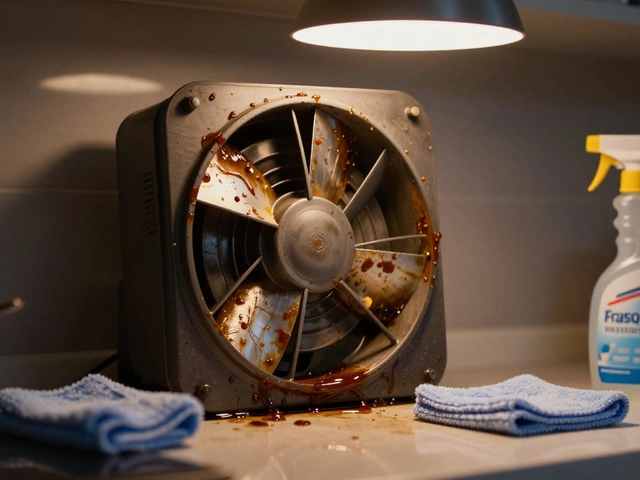Water Heater Inspection Guide – Quick Tips to Keep Hot Water Flowing
If you’ve ever stepped into a shower and felt an icy blast, you know a faulty water heater can ruin your day. The good news? Most issues show up early if you do a quick inspection. In just a few minutes you can spot leaks, strange noises, and other red flags before they turn into expensive repairs.
What to Look for During an Inspection
1. Visual check for leaks. Pull the heater away from the wall and scan the bottom, the connections, and the vent pipe. Any water pooling or damp spots mean a seal or pipe is failing.
2. Listen for odd sounds. Turn the heater on and listen. Banging, rumbling, or a high‑pitched squeal usually points to sediment buildup or a worn‑out heating element.
3. Test the temperature. Open the hot tap nearest the heater and let the water run for a minute. If it’s lukewarm or takes a long time to heat, the thermostat or heating element could be at fault.
4. Check the pressure‑relief valve. Place a bucket under the valve, lift its lever, and watch for water to flow out smoothly. No flow or a constant leak means the valve needs replacement.
5. Reset button check. Many heaters have a reset button that trips when the unit overheats. Press it for about 3‑5 seconds. If it trips again right away, the heater is likely overheating and needs professional attention.
6. Look at the age and maintenance record. A water heater typically lasts 8‑12 years. If yours is older, plan for a replacement even if it still works. Regular flushing (once a year) can extend life and improve efficiency.
When to Call a Professional
If you see any of these signs, it’s time to call an expert:
- Persistent leaks after tightening connections.
- Repeated reset button trips.
- No hot water at all, despite the heater being on.
- Rusty or discolored water coming from the tap.
- Strange odors, especially a rotten‑egg smell, which may indicate a gas leak.
A certified technician can safely test the thermostat, replace heating elements, and check gas lines or electrical components. Trying to fix these yourself can be dangerous and might void warranties.
Keeping a simple inspection routine every 6‑12 months saves you time, money, and cold showers. Grab a flashlight, a bucket, and a screwdriver, and give your water heater a quick once‑over. If anything feels off, don’t wait – schedule a service call. Your future self will thank you when hot water is always ready.
Essential Water Heater Maintenance Guide - Keep Your Hot Water Flowing
- Alden Wilder
- Sep 23 2025
- 0 Comments
Learn the step‑by‑step tasks, tools, and schedule needed for effective water heater maintenance. Extend lifespan, boost efficiency, and stay safe.
View More
